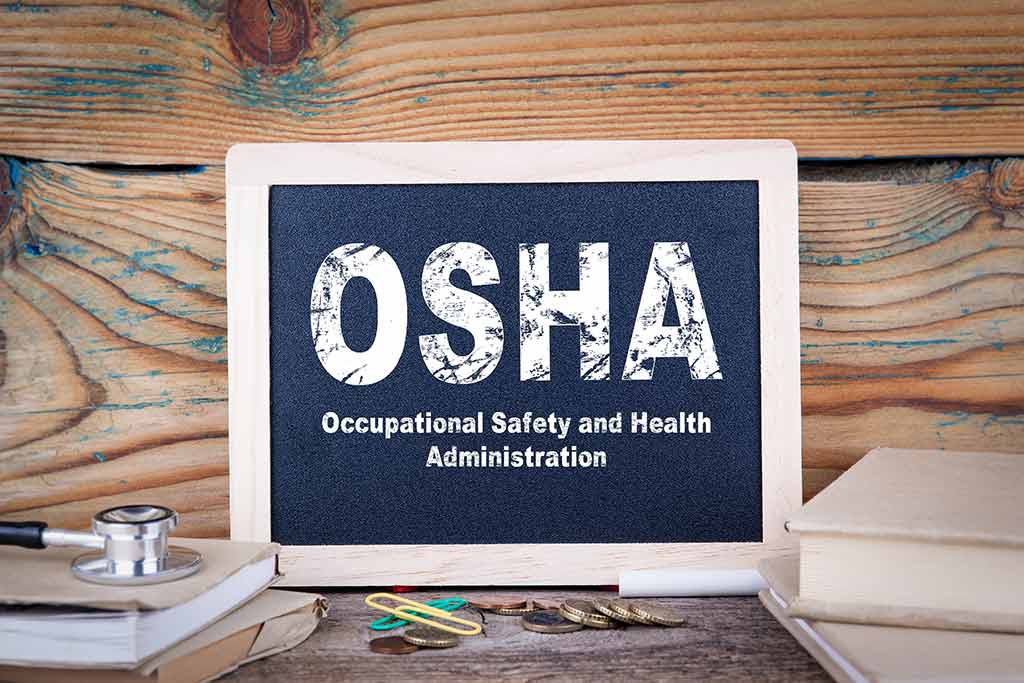Aerial Work Platform Training and Certification
This comprehensive course is designed to provide essential training on the safe operation and handling of aerial and scissor lifts, which are integral to various industries, particularly construction.
Aerial Work Platform Training and Certification
This comprehensive course is designed to provide essential training on the safe operation and handling of aerial and scissor lifts, which are integral to various industries, particularly construction. Participants will learn about the diverse types of lifts, their applications, and the potential operating hazards associated with them. The primary goal of the course is to enhance worksite safety for individuals working on or around these lifts, ensuring a well-informed and safety-conscious workforce.
This comprehensive course is designed to provide essential training on the safe operation and handling of aerial and scissor lifts, which are integral to various industries, particularly construction. Participants will learn about the diverse types of lifts, their applications, and the potential operating hazards associated with them. The primary goal of the course is to enhance worksite safety for individuals working on or around these lifts, ensuring a well-informed and safety-conscious workforce.
2. Target Audience and OSHA Certifications
Targeted at construction workers and other professionals who operate or work in close proximity to aerial or scissor lifts, this awareness-level course is crucial for those looking to uphold safety standards in their workplace. Upon completion, participants will gain knowledge and practices that align with Occupational Safety and Health Administration (OSHA) guidelines, although specific OSHA certifications satisfied by this course should be verified based on current regulations.
3. Course Curriculum / Objectives
The curriculum is structured into five detailed modules, each focusing on critical aspects of aerial and scissor lift safety:
- Introduction to Aerial and Scissor Lift Safety: Overview of lift types, their roles in various industries, and the importance of safety.
- Types of Aerial and Scissor Lifts: Detailed examination of different lift models, their specific applications, and operational characteristics.
- Safety Procedures Before Use: Comprehensive guidelines on pre-operation inspections, safety checks, and preparation.
- Safety Precautions During Use: In-depth strategies for maintaining safety while operating lifts, including hazard identification and accident prevention.
- Safety Procedures After Use: Post-operation procedures, including equipment shutdown, securing, and reporting protocols.
4. Course Completion and Certification
Upon successful completion of the course, participants will receive a Certificate of Completion, signifying their understanding and ability to apply safety measures when working with aerial and scissor lifts. This certification serves as a testament to their commitment to maintaining safety standards and their preparedness to handle these lifts effectively in their professional roles.
This course is ideal for enhancing workplace safety, ensuring compliance with industry regulations, and fostering a culture of safety among employees who interact with aerial and scissor lifts.
Questions?
888-586-9495
Related Classes:
Confined Space Entrant & Attendant
MSHA Part 48B Annual Refresher Training
MSHA Part 48B New Miner Training
CCS Safety Training’s 30-Hour General Industry Course
OSHA Outreach 30-Hour Construction Course
OSHA Outreach 10-Hour Construction Course
Why On-site Training?
In the critical moment of accountability, when facing an OSHA inspector after an incident, how do you want to define your company’s commitment to safety? Would you prefer to admit to just meeting basic requirements through online videos, or proudly affirm that your company went above and beyond by investing in on-site, OSHA-certified trainers? Choose the path that not only enhances safety but also demonstrates your unwavering dedication to your employees’ well-being and compliance with the highest standards.
Hands-On Experience
On-site training allows for practical, hands-on learning experiences. This is particularly important for safety training, where physical demonstration and practice of safety procedures can be crucial.
Immediate Feedback and Interaction
Real instructors can provide immediate feedback and clarification. This interactive environment can enhance understanding and retention of safety protocols.
Customization to Specific Worksite Needs:
On-site trainers can tailor the training to the specific hazards and safety requirements of the workplace. This ensures that the training is directly relevant and applicable to the employees’ daily tasks.
Building a Safety Culture
Having an instructor physically present emphasizes the importance of safety in the workplace. It can help in fostering a culture of safety among the employees.
Enhanced Engagement
Physical presence of an instructor can lead to higher levels of engagement and participation. Employees are more likely to ask questions and interact in a live setting.
Observation of Workplace Practices
Instructors can observe the current practices and behaviors in the workplace, providing specific, contextual advice and adjustments to improve safety.
Team Building
On-site training can also serve as a team-building exercise, strengthening the teamwork skills necessary for effective safety practices.
Compliance with Specific OSHA Requirements
Certain OSHA training requirements may be more effectively met through on-site training, especially where practical demonstrations are required.
Reducing Miscommunication
Face-to-face training reduces the risk of miscommunication which can occur in online formats, ensuring clearer understanding of safety procedures.
Adaptability and Flexibility
On-site trainers can adapt their teaching style and content on the fly, based on the response and needs of the attendees.
Immediate Resolution of Queries
Any doubts or queries can be immediately addressed and resolved by the instructor, which is not always possible in online formats.
Networking and Sharing Experiences
Employees can share their experiences and learn from each other’s safety practices and incidents, fostering a collaborative learning environment.
Ensuring Engagement and Attendance
Physical presence in a training session ensures that employees are actually participating and attentive, as opposed to online training where engagement can be harder to monitor.
Motivation and Morale:
The investment in on-site training can boost employee morale, showing that the company values their safety and well-being.
Addressing Language and Literacy Barriers
On-site training can be more effectively modified to address language and literacy barriers among workers, ensuring that all employees receive the training they need.













